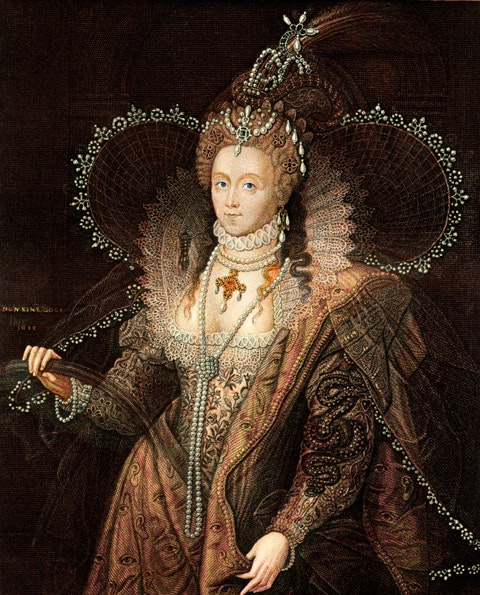
Lady Mary Wroth portrays the theme of love in the sonnet Song through the use of various literary techniques and the structural devices.
Firstly, the poem centers around the personification of love, giving it human attributes by comparing it to a child. Wroth compares a man’s love to a child through the extended metaphor that runs throughout the entire poem, which carries the idea that love excessively demands and seeks attention just like a child does.
It also portrays the ingratitude that comes with love: “Never satisfied with having”. The love is present, but it only momentarily fulfills a man’s cravings, and then again transforms into dissatisfaction. Love here is depicted like an empty void which constantly has to be fed in order to satisfy its cravings.
Therefore, from the first stanza love has been depicted in a negative spotlight which Wroth continues to shine throughout the poem. In addition, the personification of love is also demonstrated by being written with a capital ‘L’, which gives it an entity of its own, one which has to be constantly overindulged and pampered, but it is never satisfied.
Furthermore, it could also be interpreted that love here is being associated with Cupid, a child usually portrayed as callous and mischievous. This hence portrays love itself as something that should be avoided, just how the impassive tone of the poem could be interpreted as advice from Wroth’s personal experience with love, which we know was quite frankly disastrous and full of despair.
Moreover, another major literary technique used by Wroth in the poem is juxtaposition, through which Wroth portrays the flaws and ingratitude of love. For example, the first stanza shows that despite what you may ‘give’ to Love, the more he is ‘craving’, and despite ‘having’, he is ‘never satisfied’.
These words contradict one another and emphasize the deceitful and ungrateful characteristics of Love. Furthermore, the words ‘flying’ and ‘crying’ are presented in both the first and last stanzas, suggesting that Love is an endless cycle of highs and lows, pain and desire, selfishness, and temporary happiness.
This cynical image of Love again further accentuates Wroth’s personal experience with it. The poem’s title and its content also have contrasting effects; a ‘song’ usually tends to be mellifluous and soothing, bringing in joy and pleasure, which is the exact antithesis of the livid content of the poem.
The poem is made up of a regular structure of five quatrains and an AABB rhyme scheme. This regular rhythmic structure makes the poem formal and controlled, which makes it perfect for a piece of advice that Wroth is giving the audience.
The poem develops a lyrical structure due to the regular rhyme scheme used, which could be linked with the title of the poem, ‘Song’. Additionally, each quatrain consists of punctuation, such as semi-colons.
These create a list-like effect which perhaps accentuates the overwhelming problems that come with love; Wroth wants the audience to realize that at one stage love makes you feel like you’re on the top of the world, but that feeling is solely temporary and once the real obstacles in a relationship begin to unravel, one’s world comes crashing down and love is the sole perpetrator of this.
Also, the use of commas, full stops, and again semi-colons create a restricted atmosphere filled with trapped feelings, as if Wroth is trying to tell us that you cannot escape the abyss of unrequited love once you have fallen deep into it.

🤭Great analysis